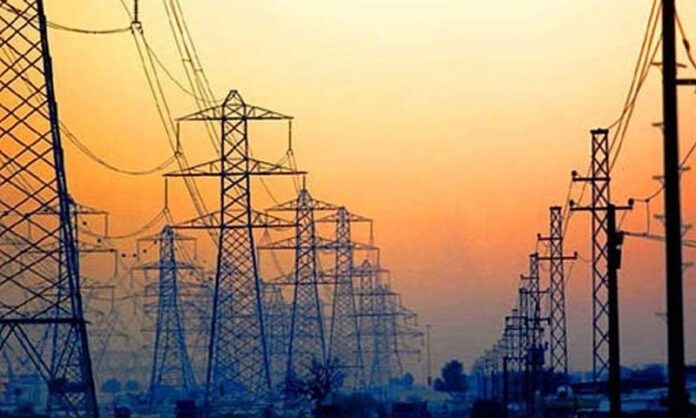Pakistan has informed the International Monetary Fund (IMF) that the power sector is expected to incur an additional Rs535 billion in losses during the current fiscal year, marking a 35% increase from last year, largely due to inefficiencies and under-recovery of electricity bills, The Express Tribune reported.
The disclosure was made amid ongoing discussions over the 25th IMF bailout programme, with Pakistan resisting the IMF’s more ambitious circular debt reduction target.
Officials said the Power Division projected Rs505 billion would be added to circular debt flows, while the IMF had sought to cap it at Rs200 billion. Of the total projected losses, inefficiencies in power sector companies are expected to account for Rs276 billion, slightly higher than last year, while under-recovery of electricity bills is estimated to contribute Rs260 billion, nearly doubling last year’s figure.
Sources indicated that the doubling of losses from under-recoveries was attributed to external factors, including the recent floods, which affected collections. The IMF questioned the sharp increase, seeking explanations from Pakistani authorities, who emphasized limited room for improvement in line losses and recovery rates this fiscal year.
During the first two months of the fiscal year (July–August), official data showed Rs153 billion in additional losses due to low recoveries and excessive line losses, a 37% improvement compared to the same period last year. Inefficiencies accounted for Rs67 billion, while Rs86 billion resulted from poor bill recovery before the flood impact.
Despite repeated efforts by civil and military leadership, including renegotiations with Independent Power Producers, the sector’s inefficiencies and under-recoveries continue to challenge the achievement of circular debt targets. The Power Division indicated that even after certain adjustments, circular debt flows are expected to rise by Rs505 billion, which would require budgetary allocations and fresh loans to manage.
The IMF acknowledged the government’s success in reducing the overall circular debt stock from Rs2.42 trillion to Rs1.6 trillion by June 2025, citing subsidies, improved billing, and reduced theft as contributing factors. However, the lender pressed for stricter targets, arguing that the sector had underperformed relative to agreed benchmarks in previous years.
Officials stressed that structural issues, including weak governance in state-owned enterprises and an underdeveloped tax system, remain key obstacles to sustained improvements in the sector.
The Power Division has not commented on whether it is reluctant to accept the IMF’s Rs200 billion target, citing limited scope for further reductions within the current fiscal year.























